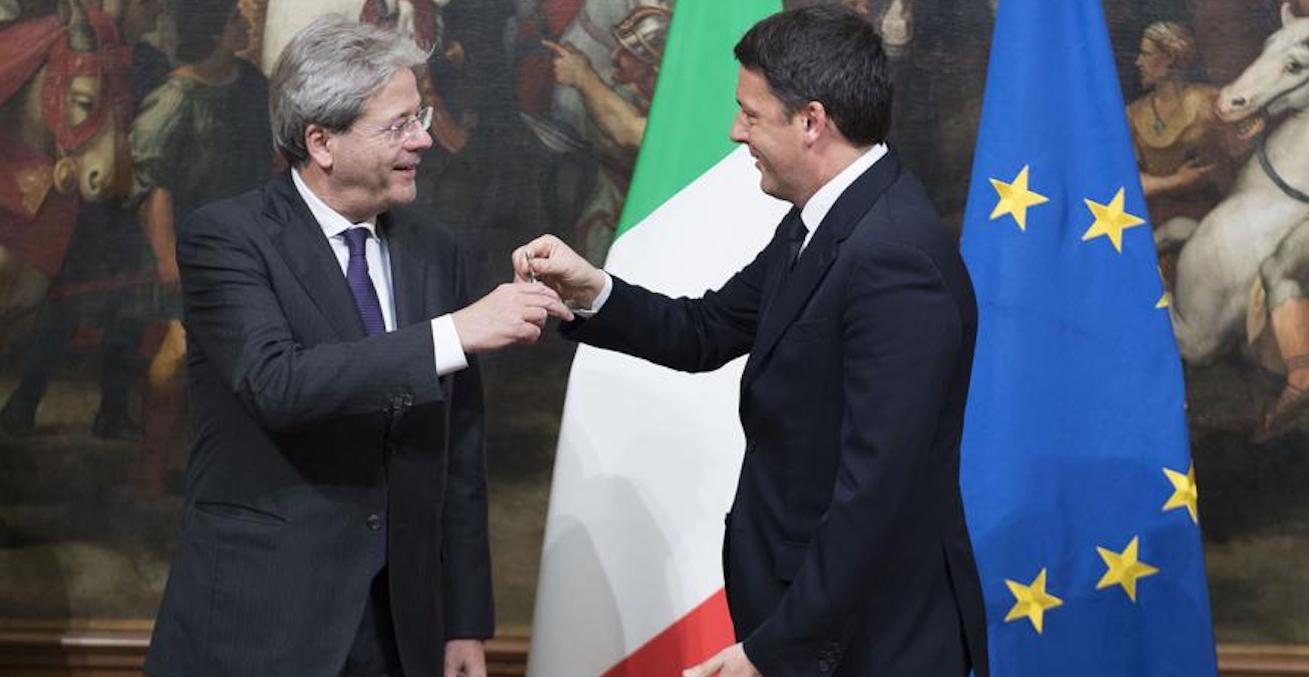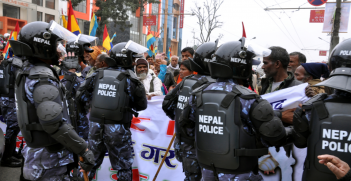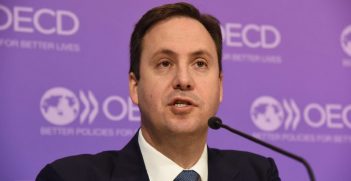Instability, Uncertainty and Euroscepticism: Another Italian Election

With a new political environment and a new electoral system, it will be challenging for any of Italy’s major parties to achieve effective government in the coming elections. However a politically-renewed Berlusconi has great expectations.
Next month’s Italian elections will occur in a substantially different political setting than the previous elections. Italy had just emerged from a two-year austerity drive when the most recent elections were held in 2013, emanating from the global financial crisis that affected a number of Southern European nations. The then technical government led by Prime Minister Mario Monti, formerly an EU commissioner, drove a strong agenda of significant budget cuts and a sluggish almost recession-based economy.
Exhausted and angry, the 2013 electorate produced a result which left little margin for misunderstanding. It signalled its opposition to austerity and expressed its concern for many EU mechanisms. The political landscape changed. The Democratic Party (PD) achieved a strong vote while the parties in power were punished. In place of Prime Minister Monti’s party, the electorate voted for the eclectic and inexperienced Five Star Movement in such numbers that it was propelled to become the largest party in the Italian parliament.
The election saw the lowest voter turnout since the 1950s (under 75 per cent) and seemingly did not produce a clear parliamentary majority. The large vote for the Five Star Movement and the Berlusconi coalition sent an angry message of Euroscepticism and dismay with the single currency euro. The victorious PD—led at the time by Enrico Letta—declared it was no longer time for austerity and called for a new approach with a growth program.
The PD remained unthreatened for the next five years—initially led by Enrico Letta and later by the ambitious Matteo Renzi—until the fateful defeat of the constitutional referendums in December 2017 after which Renzi resigned.
Paolo Gentiloni, formerly Renzi’s foreign affairs minister, became the Italian government’s caretaker, He was a measured and soft-talking PD leader and brought Italy to an orderly closure of the legislature, opening up new government options and coalitions.
The 2018 elections will still occur in a volatile European and global scenario but the context has changed again since the December 2017 constitutional referendum. There is now less fear that the Italian election could do more damage to European integration than has already occurred.
The main concerns remain migration, highlighted by the racist shooting of black Africans in Macerata, and threats to destabilise the euro. Another election issue is the growing (though not out of control) government debt. But earlier talk about a possible Italian EU exit appears to have reduced in the wake of Brexit.
According to polling, the 2018 elections are unlikely to lead to a majority party or coalition outcome. As usual, pundits speculate, ‘What will happen?’. The scenarios are always the same: a grand coalition (alla Italiana); unannounced alliances at the last moment; a temporary technical government; and, the least likely, the need for another paralysis-breaking Italian election. The President of Italy, Sergio Mattarella will force the least disruptive and stable solution possible.
The other unknown in this election is the impact and the outcome of the new electoral system, Rosatellum. It’s a name that produces suspicion from the outset. The new electoral law, named after the PD’s Ettore Rosato, its author, is a product of compromise between some of the major parties (the Five Star movement bitterly opposed the law). Rosatellum combines a mostly proportional system (61 per cent of the seats) with a partial first-past-the-post system (37 per cent of the seats). The remainder of the seats are allocated to the expatriate colleges (2 per cent of the seats), which count for 12 seats in the House of Deputies and six seats in the Senate.
Italians in Australia—as they did in the 2006, 2008 and 2013 elections—will have the opportunity to elect their candidate in the broad Africa, Asia, Oceania and Antarctica (AAOA) electorate, which will provide the Italian parliament in Rome with one deputy and one senator. All the major parties have at least one candidate standing in this electorate and the ballots for this vote are arriving via the post for eligible Italian voters.
The parties and coalitions standing include the Democratic Party and its recent breakaway Liberi e Uguali (Free and Equal). However, it is unlikely they will be able to work together unless they receive 32 per cent of the vote. The eclectic Five Star Movement, still claiming to oppose coalition creation, is expected to receive and supersede its 2013 vote of 25 per cent. The last major political force will be the Berlusconi right wing coalition with the Northern Leagues and the Brothers of Italy. A combined vote here might make it the party with most votes, but still not enough for a majority.
Interestingly Silvio Berlusconi, Italy’s prime minister prior to the Monti government, is banned from taking public office as a result of being convicted of tax fraud. For the right-wing coalition, however, Berlusconi will still be calling the shots and has even alleged that he will work at getting the ban from public office overturned so he can assume his place in Italian politics yet again. We’ll see!
Bruno Mascitelli is an associate professor in international studies at the Swinburne University of Technology and Jean Monnet Chair.
Professor Mascitelli will speak about the forthcoming Italian elections at AIIA VIC in Melbourne on 7 March. Register here.
This article is published under a Creative Commons Licence and may be republished with attribution.





